Gardening with Graywater: A Sustainable Approach to Water Conservation
Water is a precious resource, and with growing concerns over droughts and water shortages, gardeners are seeking innovative ways to maintain their plants while reducing their environmental impact. One of the most effective and sustainable solutions is watering with graywater—household wastewater from non-toilet sources such as showers, baths, sinks, and washing machines.
Reusing graywater can significantly cut down on water waste, lower utility bills, and help plants thrive—but it must be used carefully to avoid potential harm to soil, plants, and human health. In this guide, we’ll explore the benefits, best practices, and important safety considerations for using graywater in the garden.
What is Graywater?
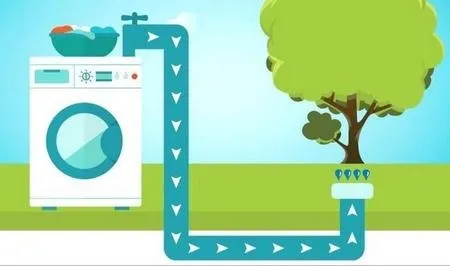
Graywater is the relatively clean wastewater that comes from daily household activities such as:
- Showers and baths – typically free from food waste but may contain soap residues.
- Washing machines – rinse water can be useful, but caution is needed with detergent-laden water.
- Bathroom sinks – often contain soap and toothpaste but can be filtered for reuse.
- Kitchen sinks (with limitations) – can be used only if free from grease and food scraps.
Graywater vs. Recycled Water
Graywater and recycled water are both water sources used for irrigation, but they differ in their origin and treatment. Graywater is untreated wastewater from showers, baths, and washing machines, while recycled water is highly treated wastewater, including domestic sewage and industrial wastewater.
Graywater vs. Blackwater
Graywater differs from blackwater, which is water contaminated with sewage from toilets. Blackwater contains pathogens and requires extensive treatment before reuse, making it unsuitable for garden irrigation.
The Benefits of Using Graywater in the Garden
- Conserves Fresh Water
- Lawn irrigation and garden watering can account for nearly 50% of a household’s water consumption in some regions. Using graywater reduces reliance on municipal or well water sources, making gardening more sustainable.
- Reduces Water Bills
- Reusing water that would otherwise go down the drain can cut water costs, especially in drought-prone areas with water restrictions.
- Less Strain on Sewage Systems
- Diverting graywater for irrigation reduces the volume of wastewater sent to treatment plants, easing the burden on sewage infrastructure.
- Provides Nutrients to Plants
- Graywater often contains trace amounts of nutrients like phosphorus, potassium, and nitrogen, which can benefit plant growth—especially for ornamental plants and trees.
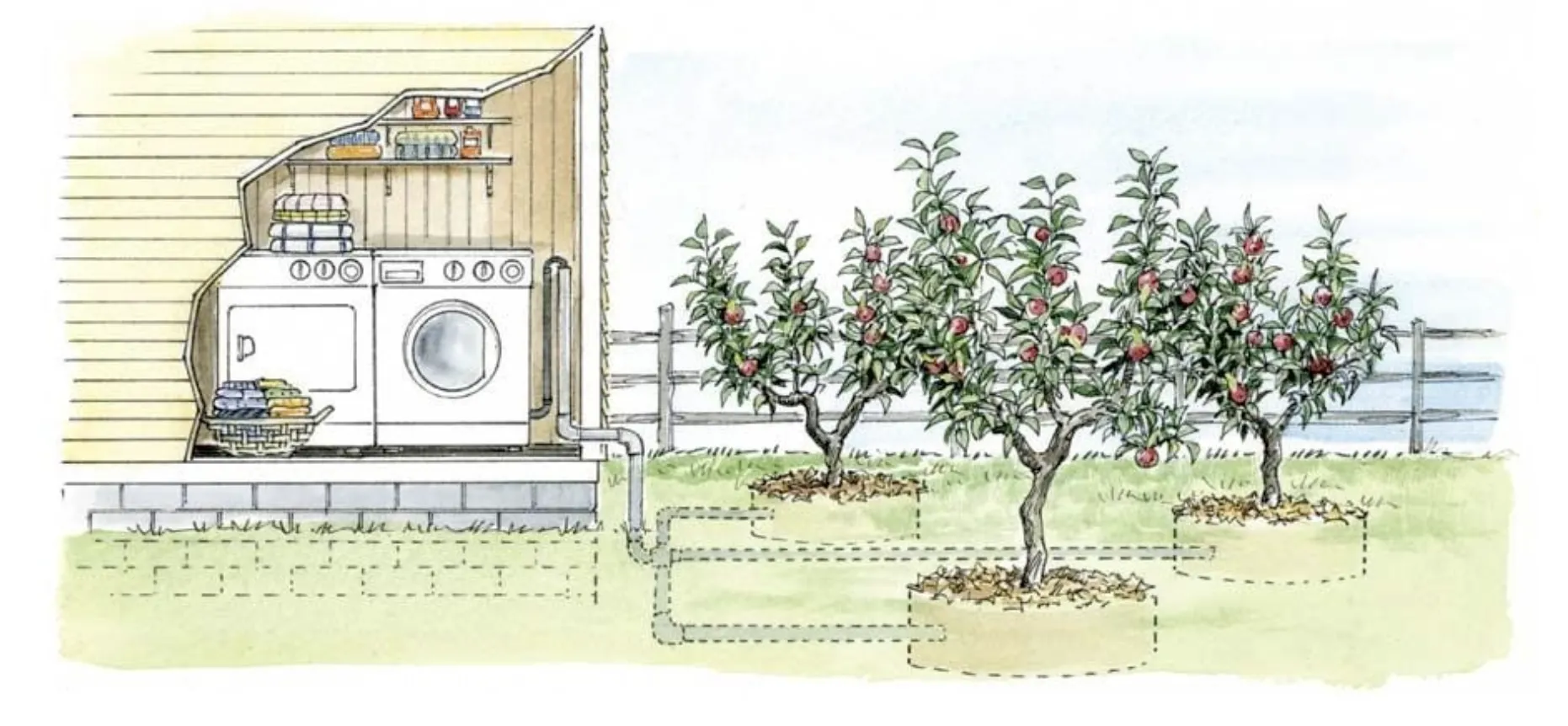
Best Practices for Using Graywater in the Garden
1. Choose the Right Graywater Sources
Not all graywater is created equal. Here’s what to use and avoid:
✅ Good Graywater Sources:
- Bath and shower water
- Laundry rinse water (from eco-friendly detergents)
- Bathroom sink water
🚫 Avoid Graywater From:
- Dishwashers (high in grease and food waste)
- Washing machine cycles with bleach, fabric softeners, or non-biodegradable detergents
- Kitchen sinks with oil or raw meat residues
2. Use Plant-Safe Soaps and Detergents
Many conventional soaps and detergents contain chemicals that can harm plants and soil health over time. Look for:
✔ Biodegradable, phosphate-free detergents
✔ Low-sodium soaps (to prevent soil damage)
✔ pH-neutral products (to avoid altering soil acidity)
Avoid products containing:
❌ Chlorine bleach (toxic to plants)
❌ Boron (accumulates in soil and becomes toxic to plants)
❌ Fabric softeners (can clog soil pores)
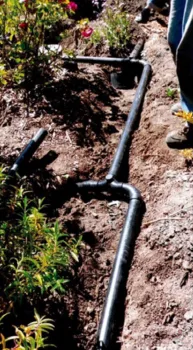
3. Direct Graywater to the Soil, Not Plant Leaves
Graywater should never be sprayed onto leaves, stems, or edible parts of plants to avoid contamination and fungal issues. Instead:
- Use a drip irrigation system or mulch basin to distribute water directly to the soil.
- Avoid overhead watering methods like sprinklers.
4. Rotate Graywater Usage with Fresh Water
Constantly watering plants with graywater without flushing the soil can lead to salt and chemical buildup. To prevent this:
- Alternate between graywater and freshwater.
- Rainwater collection can be a great supplementary water source to balance soil health.
5. Use a Basic Graywater System
Depending on your level of commitment, you can:
- Manually collect graywater – Use buckets to carry water from sinks, baths, or washing machines.
- Install a graywater diverter – Simple plumbing modifications can redirect graywater to outdoor irrigation (PDF).

- Set up a graywater filtration system – Advanced setups filter water before it reaches your plants, improving quality.
6. Choose the Right Plants for Graywater Irrigation
Certain plants handle graywater better than others, especially those that are drought-tolerant or have deep root systems.
🌿 Best Plants for Graywater:
- Fruit trees (citrus, apple, fig)
- Shrubs (lavender, rosemary, sage)
- Ornamental plants (succulents, ferns)
- Hardy vegetables (tomatoes, squash, corn)
🥬 Avoid Graywater on:
- Leafy greens (lettuce, spinach, kale) – Risk of contamination from soap residue.
- Root vegetables (carrots, potatoes, radishes) – Graywater contact can introduce bacteria into edible parts.
7. Avoid Storing Graywater
Graywater should be used immediately to prevent bacterial growth. Storing it for more than 24 hours can cause odors and contamination issues.
Is Graywater Safe for Edible Gardens?
Graywater can be used on edible plants with caution (PDF):
- It is best suited for fruit trees, vines, and shrubs, where the edible parts do not touch the ground.
- Avoid using it on vegetables that grow close to the soil or are eaten raw.
- If used to water vegetables, apply it to the roots only and rinse produce thoroughly before consumption.
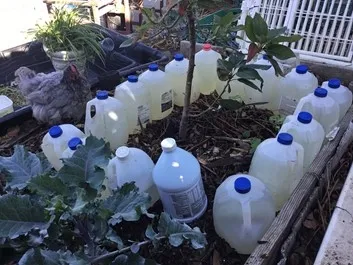
Simple DIY Graywater Collection Ideas
If you’re not ready for a full graywater system, here are some easy ways to get started:
🪣 Bucket Collection: Place a bucket in the shower or sink to collect water while waiting for it to warm up.
🚿 Shower Drain Hose: Attach a hose to your bathtub drain to divert water into the garden. In many homes this may not be possible.
👕 Laundry-to-Garden System: If permitted in your area, reroute washing machine rinse water directly to outdoor plants.
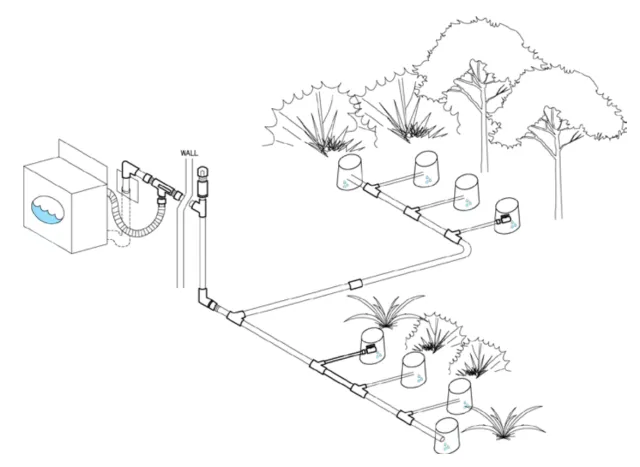
Final Thoughts: Making Graywater Work for Your Garden
Graywater is an underutilized resource that can save water, reduce costs, and help gardens thrive. By following best practices—choosing the right sources, using eco-friendly products, and applying water correctly—you can maximize the benefits while minimizing risks. 🌿💧
Resources
Drought Tip: Use of Graywater in Urban Landscapes in California (PDF)
Irrigation - Graywater from the UC Master Gardeners of San Luis Obispo County (PDF)
Graywater from the UC Master Gardeners of Contra Costa County's Blog
Want to learn more?
This blog post is brought to you by the Help Desk of the UC Master Gardeners of Alameda County. Subscribe to our blog!
Have a gardening question? We'll help.
Visit our Help Desk page to submit your question and see additional ways you can reach us.
